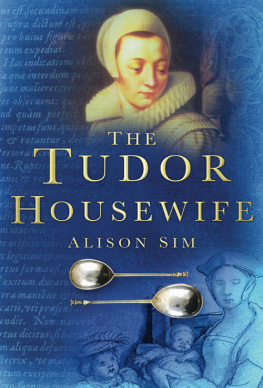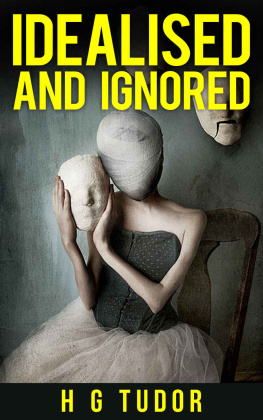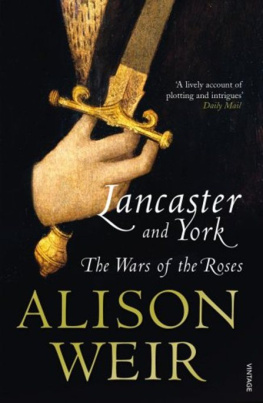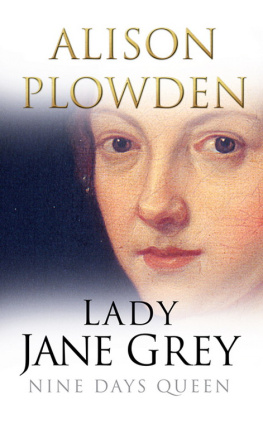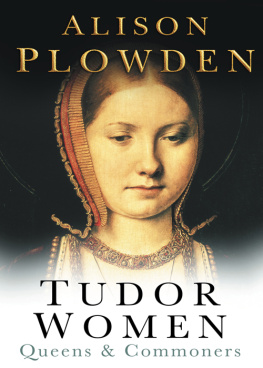Alison Sim - The Tudor Housewife
Here you can read online Alison Sim - The Tudor Housewife full text of the book (entire story) in english for free. Download pdf and epub, get meaning, cover and reviews about this ebook. year: 2011, publisher: History Press, genre: Home and family. Description of the work, (preface) as well as reviews are available. Best literature library LitArk.com created for fans of good reading and offers a wide selection of genres:
Romance novel
Science fiction
Adventure
Detective
Science
History
Home and family
Prose
Art
Politics
Computer
Non-fiction
Religion
Business
Children
Humor
Choose a favorite category and find really read worthwhile books. Enjoy immersion in the world of imagination, feel the emotions of the characters or learn something new for yourself, make an fascinating discovery.
- Book:The Tudor Housewife
- Author:
- Publisher:History Press
- Genre:
- Year:2011
- Rating:4 / 5
- Favourites:Add to favourites
- Your mark:
- 80
- 1
- 2
- 3
- 4
- 5
The Tudor Housewife: summary, description and annotation
We offer to read an annotation, description, summary or preface (depends on what the author of the book "The Tudor Housewife" wrote himself). If you haven't found the necessary information about the book — write in the comments, we will try to find it.
The Tudor Housewife — read online for free the complete book (whole text) full work
Below is the text of the book, divided by pages. System saving the place of the last page read, allows you to conveniently read the book "The Tudor Housewife" online for free, without having to search again every time where you left off. Put a bookmark, and you can go to the page where you finished reading at any time.
Font size:
Interval:
Bookmark:

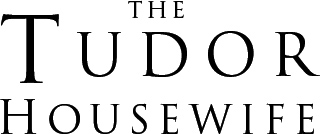
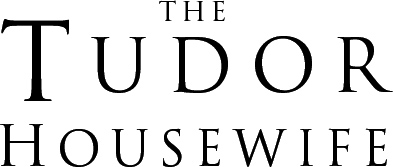

Cover illustrations: Detail from A Kitchen Interior by Floris van Schooten (Phillips, The International Fine Art Auctioneers, UK/Bridgeman Art Library; Apostle Spoons (British Museum)
First published in 1996
The edition published in 2010
The History Press
The Mill, Brimscombe Port
Stroud, Gloucestershire, GL 5 2 QG
www.thehistorypress.co.uk
This ebook edition first published in 2011
All rights reserved
Alison Sim, 1996, 1998, 2000, 2005, 2010
The right of Alison Sim, to be identified as the Author of this work has been asserted in accordance with the Copyrights, Designs and Patents Act 1988.
This ebook is copyright material and must not be copied, reproduced, transferred, distributed, leased, licensed or publicly performed or used in any way except as specifically permitted in writing by the publishers, as allowed under the terms and conditions under which it was purchased or as strictly permitted by applicable copyright law. Any unauthorised distribution or use of this text may be a direct infringement of the authors and publishers rights, and those responsible may be liable in law accordingly.
EPUB ISBN 978 0 7524 6830 3
MOBI ISBN 978 0 7524 6831 0
Original typesetting by The History Press
I would like to thank the following people for their help, encouragement and provision of chocolate:
Margaret Peach, Jenni McCartney, Liz Clarke, Jane and Geoff Gardiner, Paulette and Christopher Catherwood, Jane and Robert Hugget, Jane Malcolm-Davies, Samantha Doty and Julie Anne Hudson.
T he picture we have today of the sixteenth century centres around the Tudor court. Many of us are familiar with the magnificent portraits of powerful courtiers in their court clothes which can be found in museums and famous stately homes like Hardwick Hall. The images of Henry VIII clothed in cloth of gold, or of Elizabeth I with jewels covering her gown are powerful ones, and hard to shake off. The courtiers were the multi-millionaires of their day, however, and their lives were as different from the lives of ordinary Tudors as the lives of the modern superrich are to most of us today.
Clothes demonstrate the difference very effectively. The costumes worn by the courtiers for their portraits were to the Tudors what designer original clothes are to us, that is, garments which very few of us will ever try on, let alone own and wear on a regular basis. The materials that went into them cost several times what many people earned in a year. Queen Mary, for example, owned one gown which cost 36 in 15571 and this was not the finest she owned. This was a huge sum at the time. Just how huge will become obvious when you consider that in 1544 the merchant John Johnson paid 8 a year to rent Glapthorn Manor in Nottinghamshire, which included both farm land and the pleasant manor house where the Johnson family lived.2
Queen Marys dress was made of velvet. The vast majority of the population wore wool. English wool could be of beautiful quality, and the wealthiest would wear sometimes the finest grades. The fine-quality worsted produced in Norfolk in the fifteenth century is even compared to silk by the Pastons in their letters.3 However, ordinary people could only aspire to the rougher grades which were not only cheaper to buy, but lasted longer. Working clothes did follow fashion as much as possible, but the excesses of the wealthy were just not practical. Trains, frilled cuffs, large sleeves and other ornaments were impossible for most Tudors.
Just as the clothes of the wealthy and the poor were very different, so living conditions varied a great deal between classes. Houses were still quite basic for most people. Sixteenth-century cottages today usually come complete with indoor plumbing and central heating and are considered very desirable places to own. In their original condition no modern person would want to live there. Most houses were timber-framed, with the walls filled in with wattle and daub which played host to all sorts of insects. The houses were often thatched, although the use of slates was encouraged in towns to try to reduce the risk of fire. Most houses still had earth floors, which of course were very difficult to keep clean. Window glass was still a luxury so most houses just had shutters over the windows. There was also very little privacy: it was quite usual to share your bed with several other members of the household. In towns the houses often did not even have a toilet, but rather several households would share a communal one at the end of the street.
It was only for those higher up in society that living was becoming more comfortable. In wealthier circles there was an increasing concern for privacy and houses were built with a number of small rooms, rather than a small number of communal ones as was the case in the Middle Ages. Wooden panelling made the rooms warmer, but it probably would not be lovingly polished, as Tudor panelling usually is today, but painted in very bright colours. This was an expensive luxury and those who could afford it lived surrounded by colour that we might find rather gaudy today. The Wolsey Closet and the chapel ceiling at Hampton Court Palace are examples of the amount of decoration and colour favoured by the rich.
If you had money, you flaunted it. The Tudors would have been very at home in modern-day Hollywood, as they too believed in aiming to have all that was newest and most expensive surrounding them. The rich hung their walls with tapestries, again made in the bright colours they loved so much. Henry VIII paid 1,500 for one set of ten tapestries, and they were not even the finest set he owned.4 This was at a time when a skilled worker like a shipwright earned about 12 a year, and a man with an income of 50 was a gentleman. Even in his garden a Tudor gentleman did not choose to commune with nature so much as to subdue it well and truly with topiaries, statues and elaborate designs of one kind or another bordered with little hedges. What better place to show off his wealth to his visitors?
The houses, though, only tell us so much about the Tudors. To understand the way they thought, some kind of overview of Tudor society is necessary. It is impossible to know for sure how many people lived in England at the time. Governments were not interested in statistics in the way that they are today and such information as survives is taken from church records (which are often incomplete) and surveys done with taxation or military service in mind (which of course did not include anyone not liable for either, such as young children). Estimates suggest that there were only just under three million people living in England at the beginning of the century, rising to just over three million at the end.5 The population was very unevenly distributed, with about sixty thousand people living in the square mile of the city of London, let alone in the suburbs which were growing up around it even at that time.6
The main industry was still agriculture, and even people who had some other trade, such as weaving cloth, also had a smallholding which provided much of their food. Those at the very bottom, the landless labourers, were particularly badly off as not only did they receive very low wages, around 2 a year, but they also had no way of supplementing their income by growing their own food.
Font size:
Interval:
Bookmark:
Similar books «The Tudor Housewife»
Look at similar books to The Tudor Housewife. We have selected literature similar in name and meaning in the hope of providing readers with more options to find new, interesting, not yet read works.
Discussion, reviews of the book The Tudor Housewife and just readers' own opinions. Leave your comments, write what you think about the work, its meaning or the main characters. Specify what exactly you liked and what you didn't like, and why you think so.

